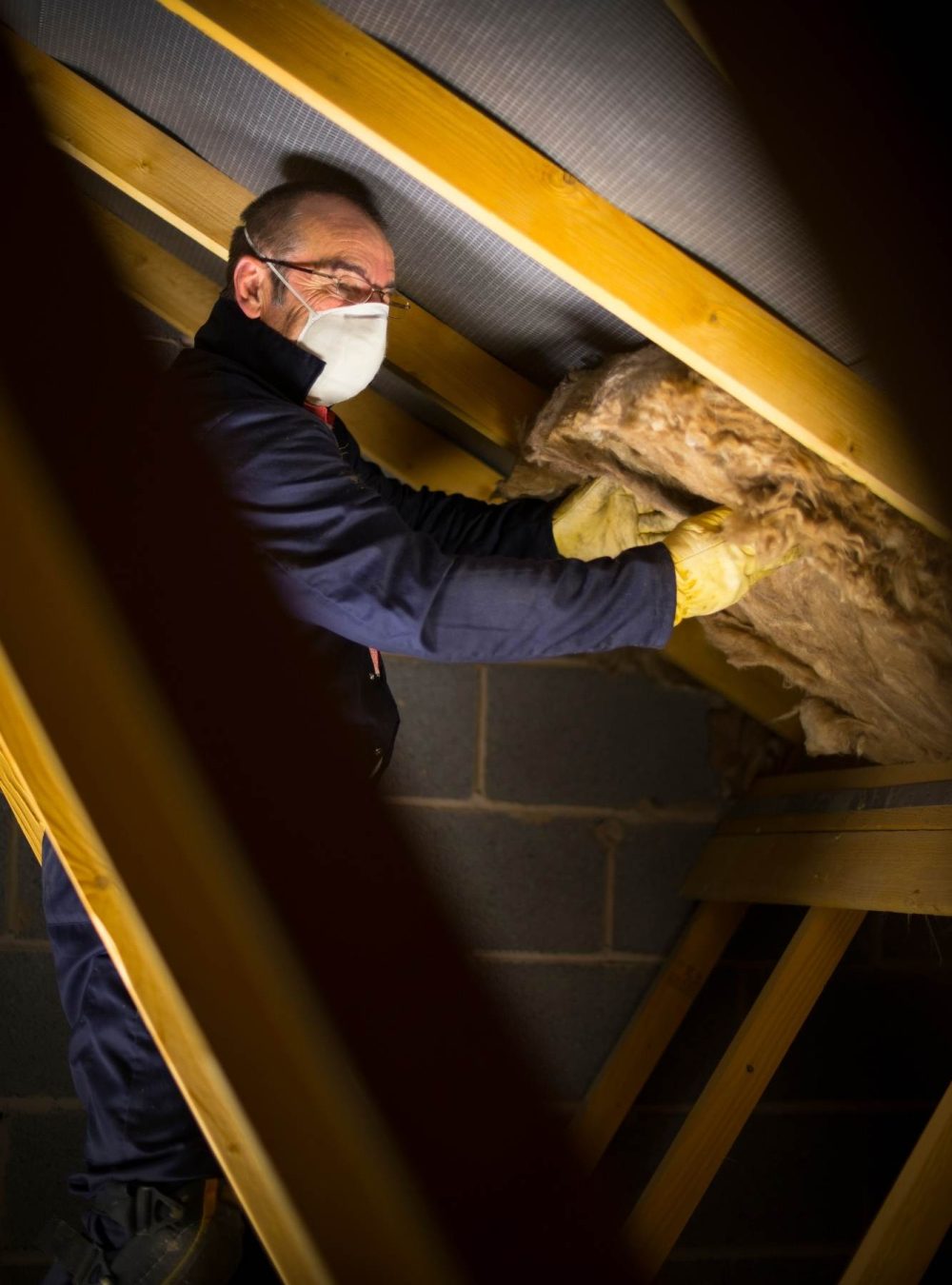- Rathborne, Dublin 15
- 083-144-6346
- Everyday 24 Hours
Services
- Home
- Services
Our Services
Full List Of Fire Protection Services
Passive Fire Protection
Passive fire protection focuses on preventing or minimizing the spread of fire through strategic compartmentalization and installation of fire-proof systems such as fire-resistant walls.
Penetration seals
Penetration seals are passive fire protection systems used to maintain the integrity and fire resistance of a wall or floor that has pipes, cables or other services passing through it. In the event of a fire these penetrations risk the spread of fire if not correctly addressed with appropriate materials installed to prevent the spread of fire.
Intumescent Paint
Intumescent Paints Which Offer Up-To 30, 60, 90 &120 Minutes Fire Protection on Steel. The paint is applied with the required loadings which depends on steel size and the rating we are looking to achieve
Fire Curtain Barrier
Curtain barriers, like cavity barriers, work through fire compartmentation. They limit the movement of fire and smoke, slowing the speed in which fire spreads. Unlike cavity barriers, curtain barriers can create a sealed compartment where one does not exist in a building’s structure. Effectively, they become walls during a fire.
Steel Encasements
Our steel encasement systems provide fire protection to structural steel columns, beams and joists. Passive fire protection is a vital component of any fire safety strategy. It safeguards people’s lives and limits the financial impact of damage to buildings and their contents.
Fire Stopping Surveys
Burke Passive Fire Protection Limited will visually inspect all compartment walls and floors including within services risers, both above ceilings and beneath raised floors (where existing) and along corridors in the areas of the building identified on the fire drawings and report on their current condition. We will prepare a report which will include representative photographs, advising on typical instances of non-compliance.
How We Works
Our Working Process
Survey
01.
Tender Preperation
02.
Quality Assurance
03.
Handover
04.
Looking to get a quote?
Don't Hesitate To Contact Us

If You Need Help, Get A Consultation
Clients Inquiries
Related Questions
Passive fire protection is a term used to describe building systems and materials that are designed to prevent the spread of fire. These systems do not require any external power source or active intervention to function, hence the term "passive." Examples of passive fire protection systems include firewalls, fire-resistant doors, and fire-rated windows, among others. These systems are designed to provide a barrier between the fire and the occupants of a building, giving them time to evacuate and minimizing the spread of the fire. Passive fire protection is an important component of building safety, and properly designed and maintained systems can save lives and protect property in the event of a fire.
Yes, fire hazards can take place in residential and commercial buildings both. To safeguard the people and property it is better to get PFP in all high rise buildings, hospitals, shopping centres and more.
The costs involved in a project can vary greatly depending on the scope and complexity of the project. Some common factors that can affect the cost of a project include the materials and labor required, the duration of the project, and any necessary equipment or specialized services. In order to provide a more accurate estimate of the costs involved in a project, it is important to have a detailed understanding of the project requirements and objectives. This can typically be achieved through a thorough planning and analysis phase, in which the project team evaluates the various factors that will impact the cost of the project and develops a budget accordingly.
Contact Us
Get In Touch
Location
Rathborne, Dublin 15
Phone
083-144-6346
info@burkepfp.com
